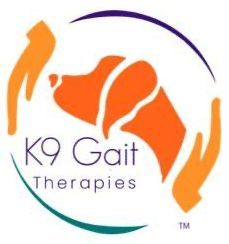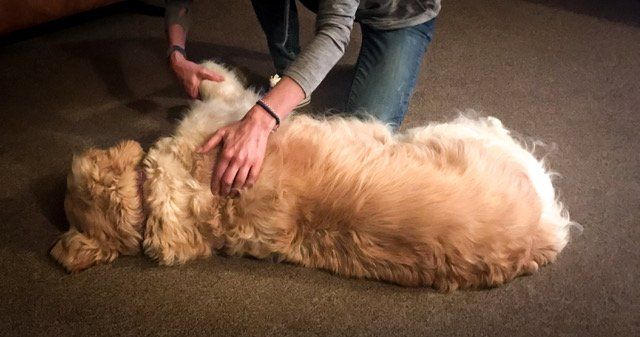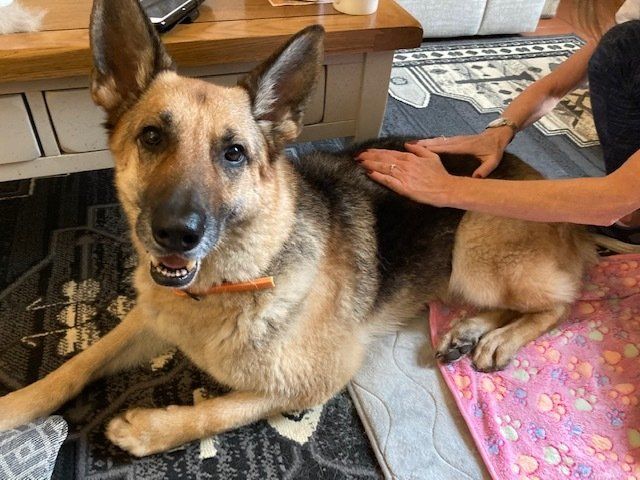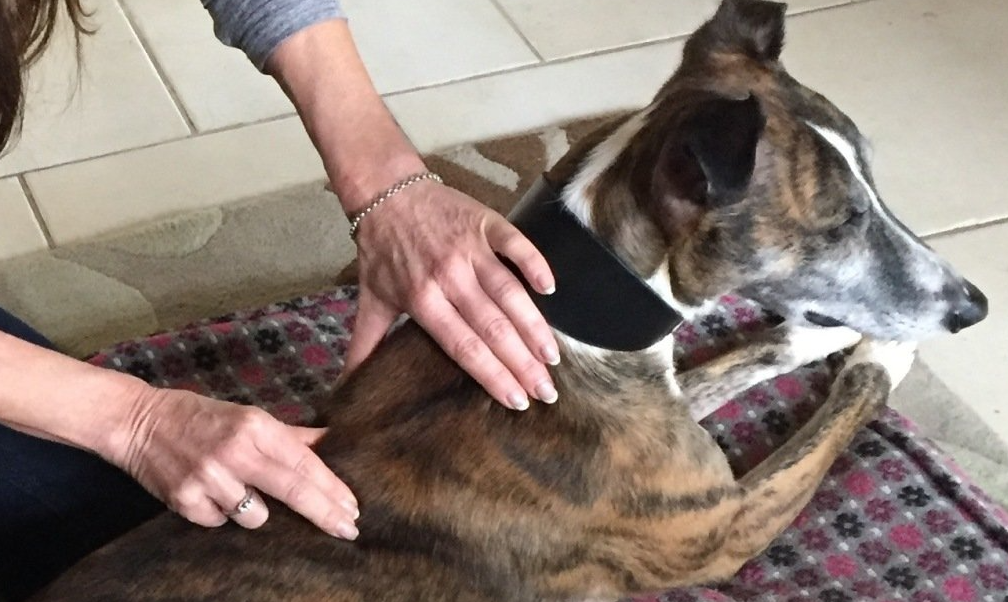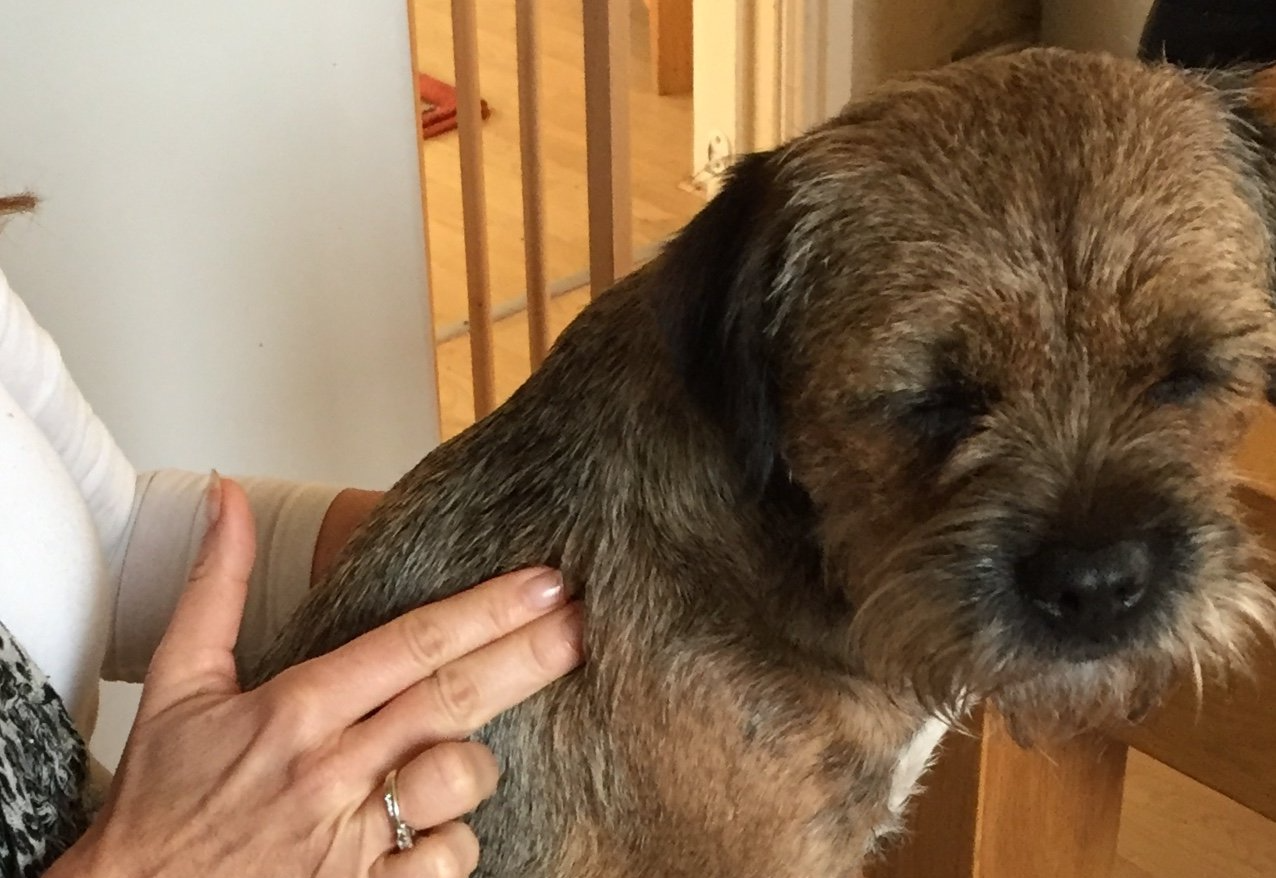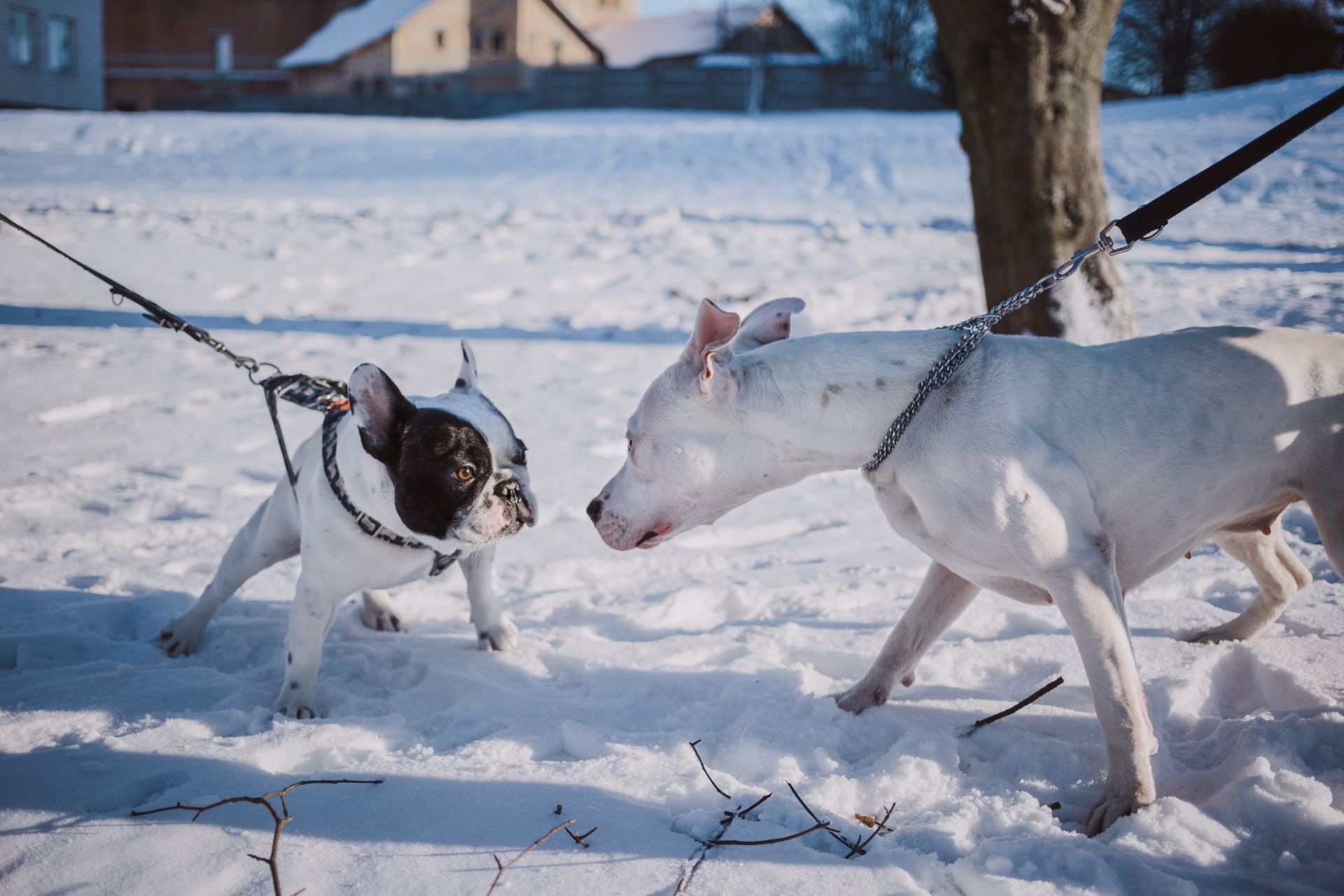What is Canine Merishia Massage?
What is Canine Merishia Massage?
Our canine companions have 319 bones in their body (depending on the length of their tail) and around 700 muscles that give them their wonderful distinct shapes and that are responsible for their movement. However, with all of these moving parts, there is the inevitable risk of medical injury/condition.
Canine Merishia Massage is a soft tissue manual therapy, that helps to provide physical and emotional pain relief for your dog, enhancing freedom of movement, improved mobility and overall general well-being.
Utilising a combination of Swedish, sports, deep tissue, fascia release techniques, gentle stretches and detailed mobilisations, this top to toe therapy, aids in the release of both superficial/deep tensions and restrictions, as well as targeting further compensatory issues that can develop in the muscles and soft tissue structures e.g. trigger points, spasms and scar tissue.
What is a compensatory issue?
If you have ever experienced a leg injury, you may have found yourself shifting weight onto the other leg. Similarly, dogs alter their posture, off loading to opposing joints and muscles, to maintain mobility and avoid pain. These compensatory adaptations can be subtle, creating tension patterns throughout the body and if they continue, they can lead to further muscular issues and referred pain in other sites, which can often exacerbate the initial injury and slow down the healing process.
By addressing these compensatory issues, canine massage helps to bring balance and harmony back to your dog.
Below you will find a list of some of the conditions that may cause pain, tensions, restrictions and/or compensatory issues:
- Muscle strain/Ligament sprain
- Lameness
- Post-surgery
- Chronic orthopaedic conditions e.g. Arthritis, Dysplasia
- Disabilities e.g. Amputees
- Senior Dogs
- Overweight
To the untrained eye, a dog may appear to be happy and healthy, however a Canine Massage Practitioner is specifically trained to interpret the subtle none verbal communication from your pet, through the movement of their muscles, appearance and associated behaviours, locating problems that would otherwise be overlooked. They are also able to foresee potential issues that may arise due to the dog’s current condition, or that may be predetermined by their lifestyle and activities.
By working appropriately with the dog’s responses and reactions, the practitioner can apply the most appropriate therapies and techniques, specifically tailored for their physical and mental needs, and provide the most suitable aftercare programme to enhance recovery.
Environmental Factors which may lead to stress or injury
As pet owners, we may unintentionally create environments that overtime can lead to injury, painful tensions and restrictions, which can have a detrimental impact on our dogs physical & mental well-being, such as;
- Repetitive activity e.g. sporting/working dogs, jumping for tennis balls/Frisbee's, jumping on and off furniture, regularly scaling stairs, slipping on laminate/wooden or tiled floors, rough play/tug of war.
- Inactivity/under exercised
- Weekend warrior- To little exercise during the week, punctuated by strenuous weekend load.
- Going straight into exerted activity on cold muscles.
- Excessive daily walks
- Past experiences/traumas e.g. rescue dogs, fears and phobias, changes in a home environment, loneliness.
- Excessive lead pulling
- Having a bed too small – unable to stretch out
